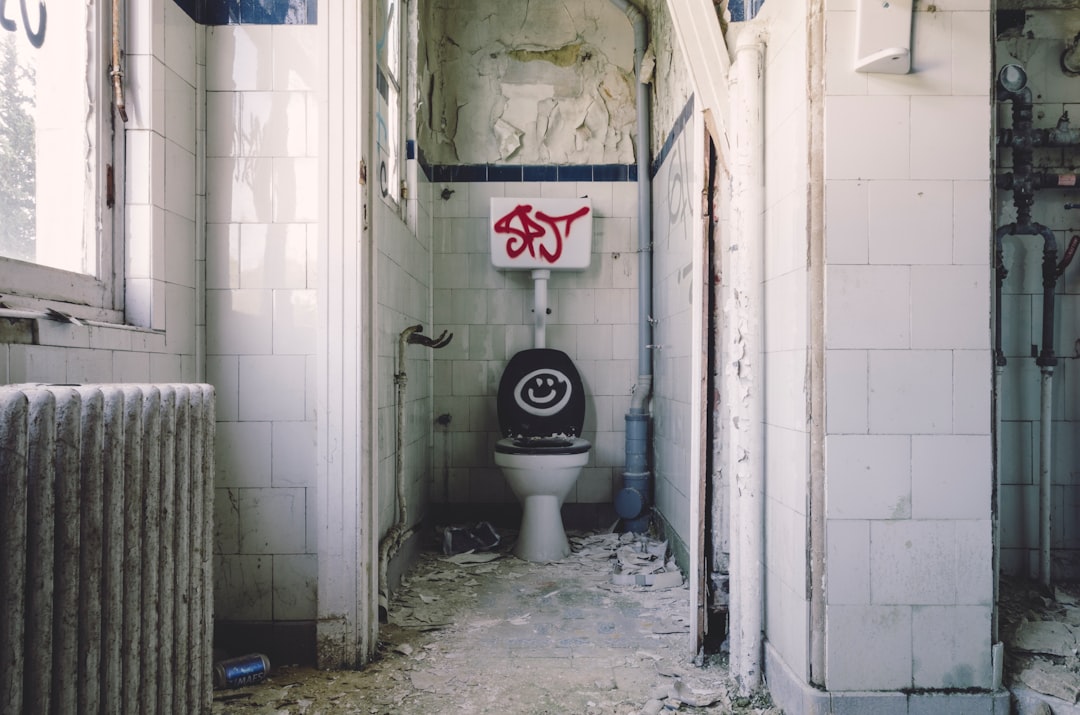What is it about?
Menstruating women in remote villages of the Himalayas still practise segregation due to the belief that menstrual blood is impure. They are confined to the cowshed (goth) and are not allowed to interact with others. Although Bageshwar district has been declared as open defecation free and every household has a toilet, menstruating women continue to defecate in the open because they are not allowed to use sanitation facilities used by others. This article looks at how women and adolescent girls cope when they have their period and how they have negotiated change given the rigid traditions that have been handed down the centuries?
Featured Image

Photo by Marc Zimmer on Unsplash
Why is it important?
The use of menstrual huts is common in many parts of South Asia. In India recently, a girl was killed during a cyclone because she had to stay in the menstrual hut. Although it has been outlawed in Nepal, the practice continues. There have been initiatives in Kullu district, Himachal Pradesh, to end this regressive practice. The experience of Pindar valley offers some insights on these practices can be overcome.
Perspectives
When I visited the 34 year old pradhan of Khati village during my research, her first words to me were: “Don’t touch me … I am menstruating …” . Sitting at the door of her "goth" or cow shed, she explained that the word for menstruation in Kumaoni is the same word used for “untouchable” or “to stay separately”. I tried to imagine what it was like to spend a night alone in the dark and suffocating cow shed surrounded by buffaloes, the smell of dung, the freezing cold in winters, the insects and an occasional snake. Not being able to use the toilet and having to trek down to the stream to wash up - even in sub zero temperatures. The pradhan was aware that menstruation is a normal biological process. “Stree nahi hai, to sansar kaha se ayega? If women did not menstruate, where would the next generation come from?” she asked. And yet, due to unequal gender relations, even though she is head of the village, she continues to sleep in the shed when she is menstruating. Given this context, it was overwhelming to hear that the women who attended the training on menstrual hygiene management facilitated by WSSCC and the Hans Foundation had stopped using the goth and had started to advocate for safe and hygienic menstrual practices in the valley. They demonstrated that it is possible to change deeply entrenched mindsets and practices with the help of the community, including the men - many of whom were at the forefront of the initiative.
KAMINI PRAKASH
Read the Original
This page is a summary of: Social Taboos and Menstrual Practices in the Pindar Valley, Indian Journal of Gender Studies, February 2019, SAGE Publications,
DOI: 10.1177/0971521518811171.
You can read the full text:
Contributors
The following have contributed to this page










